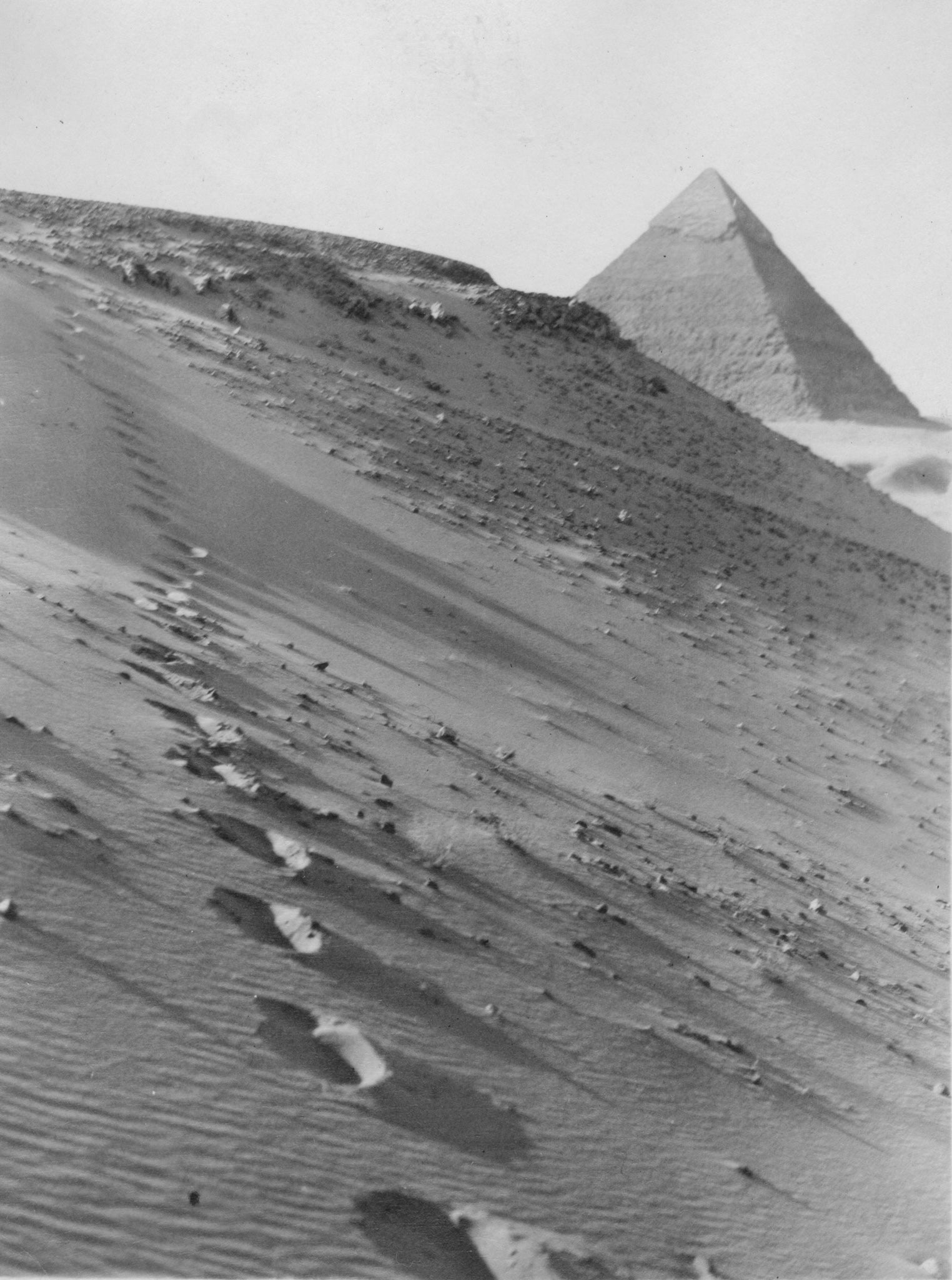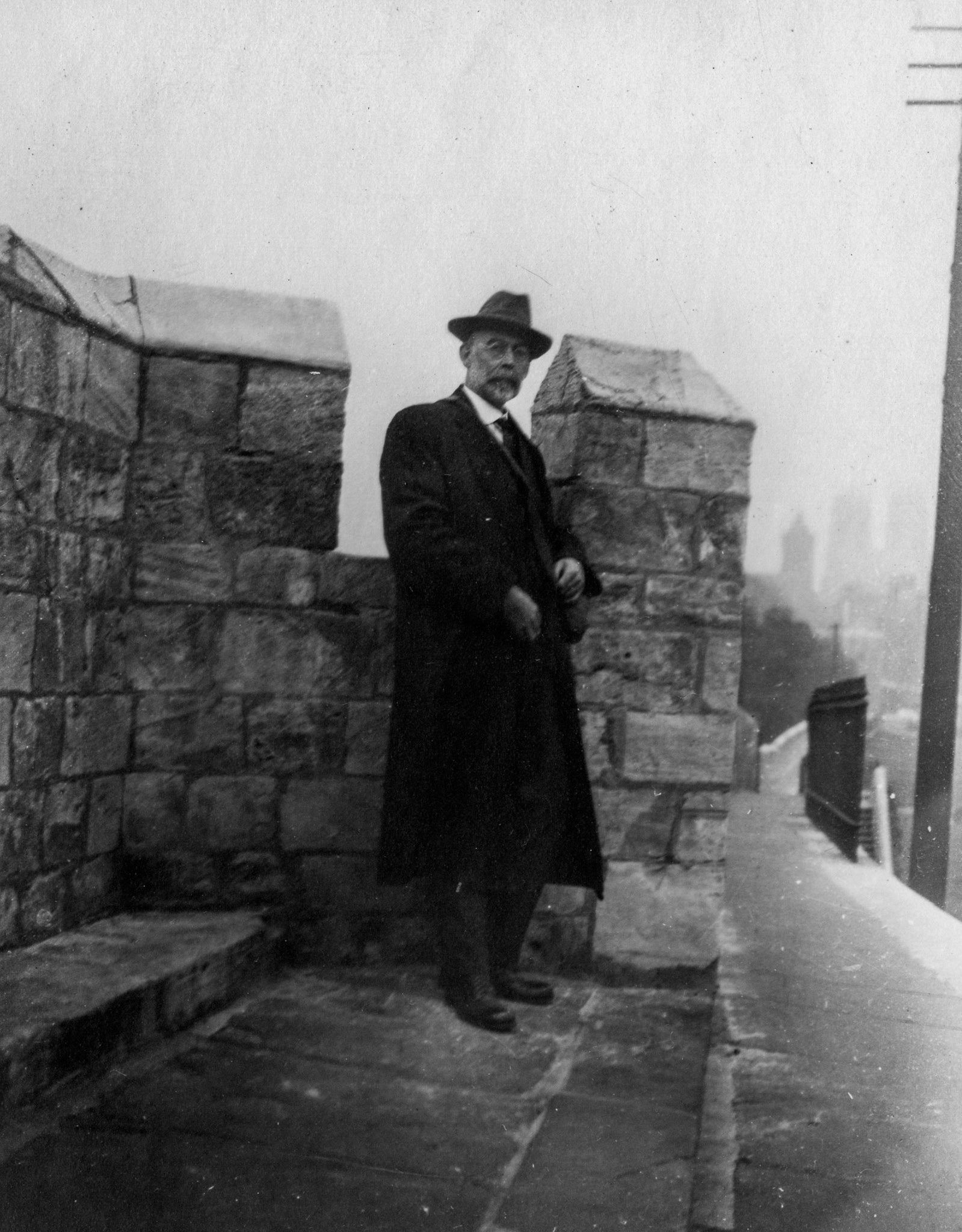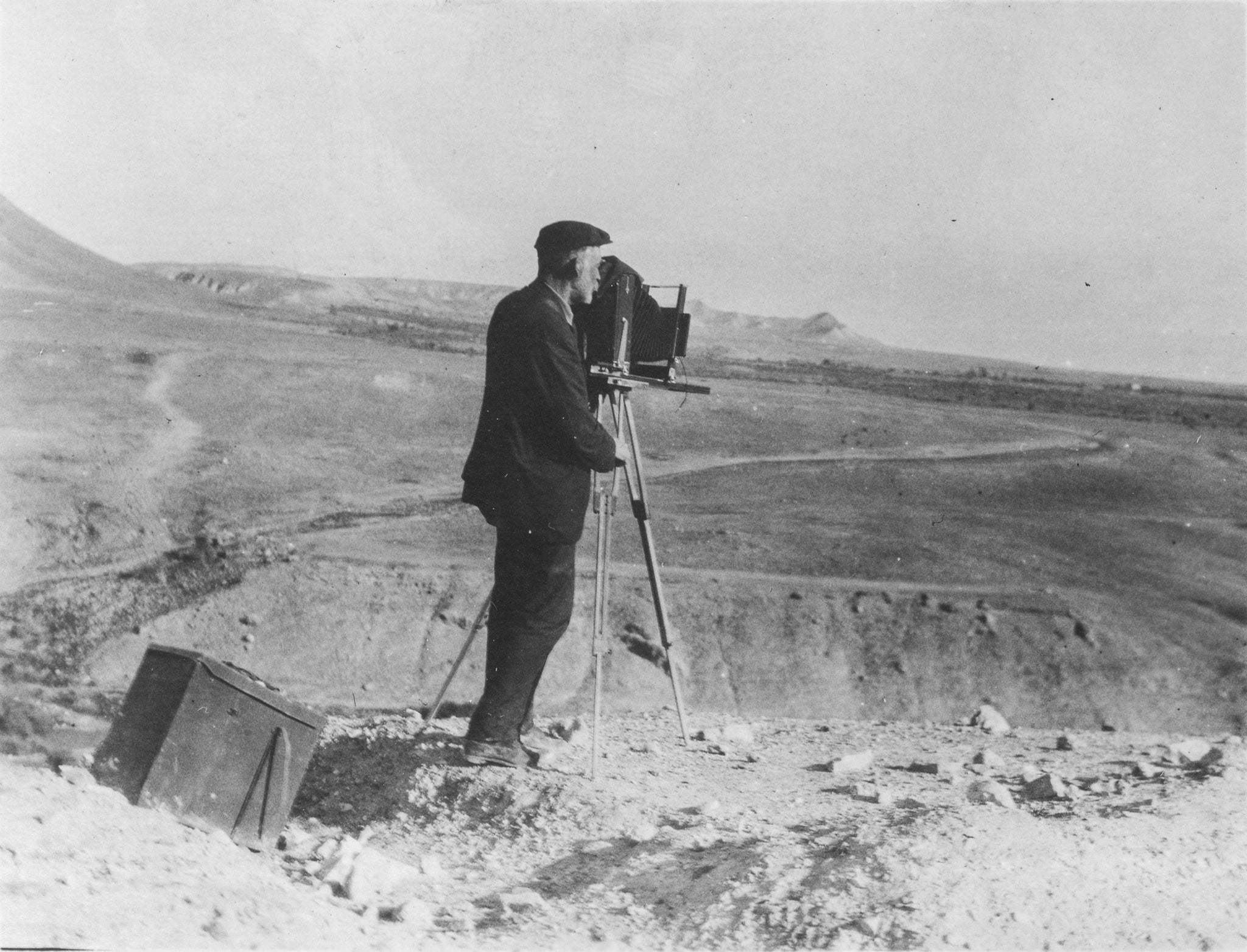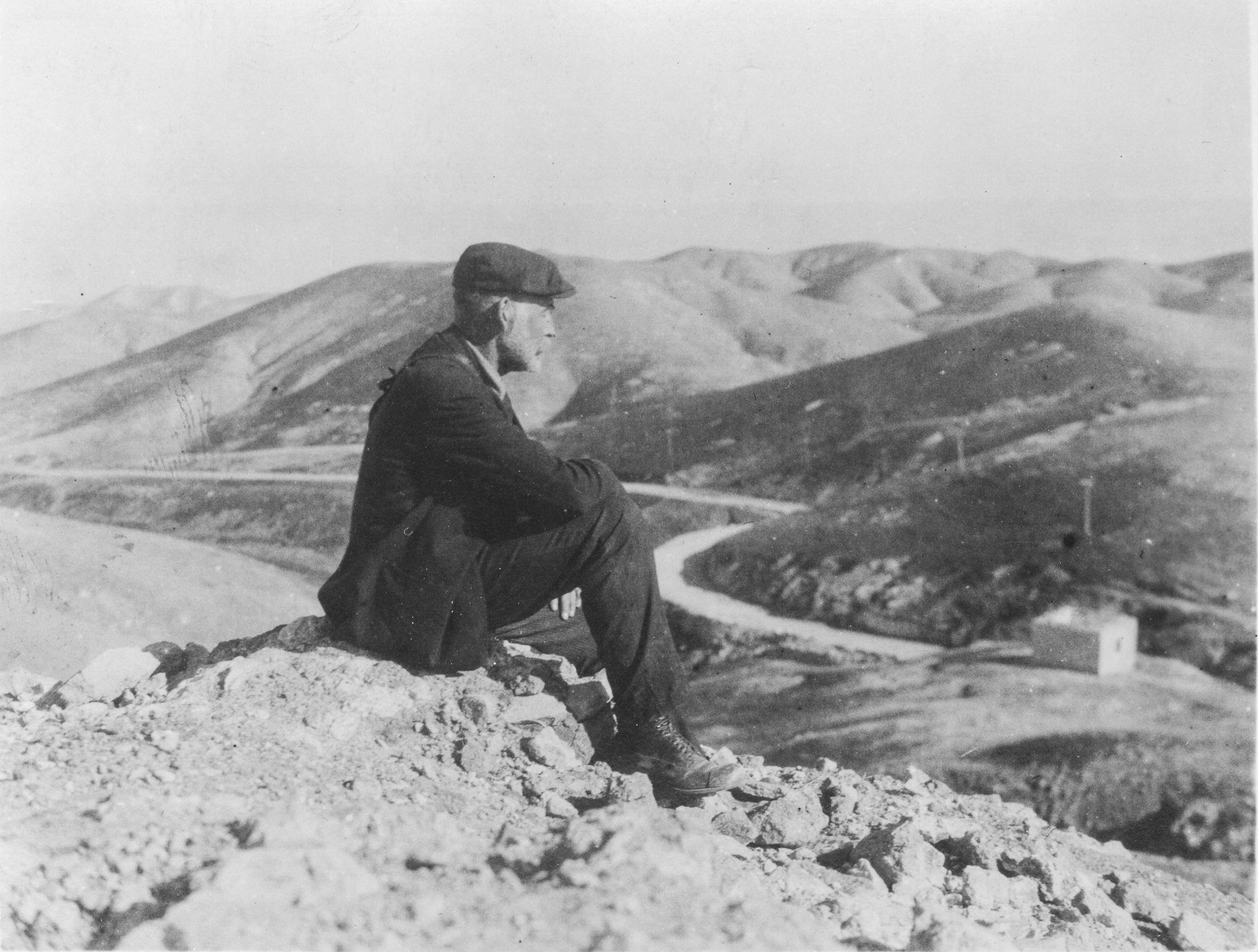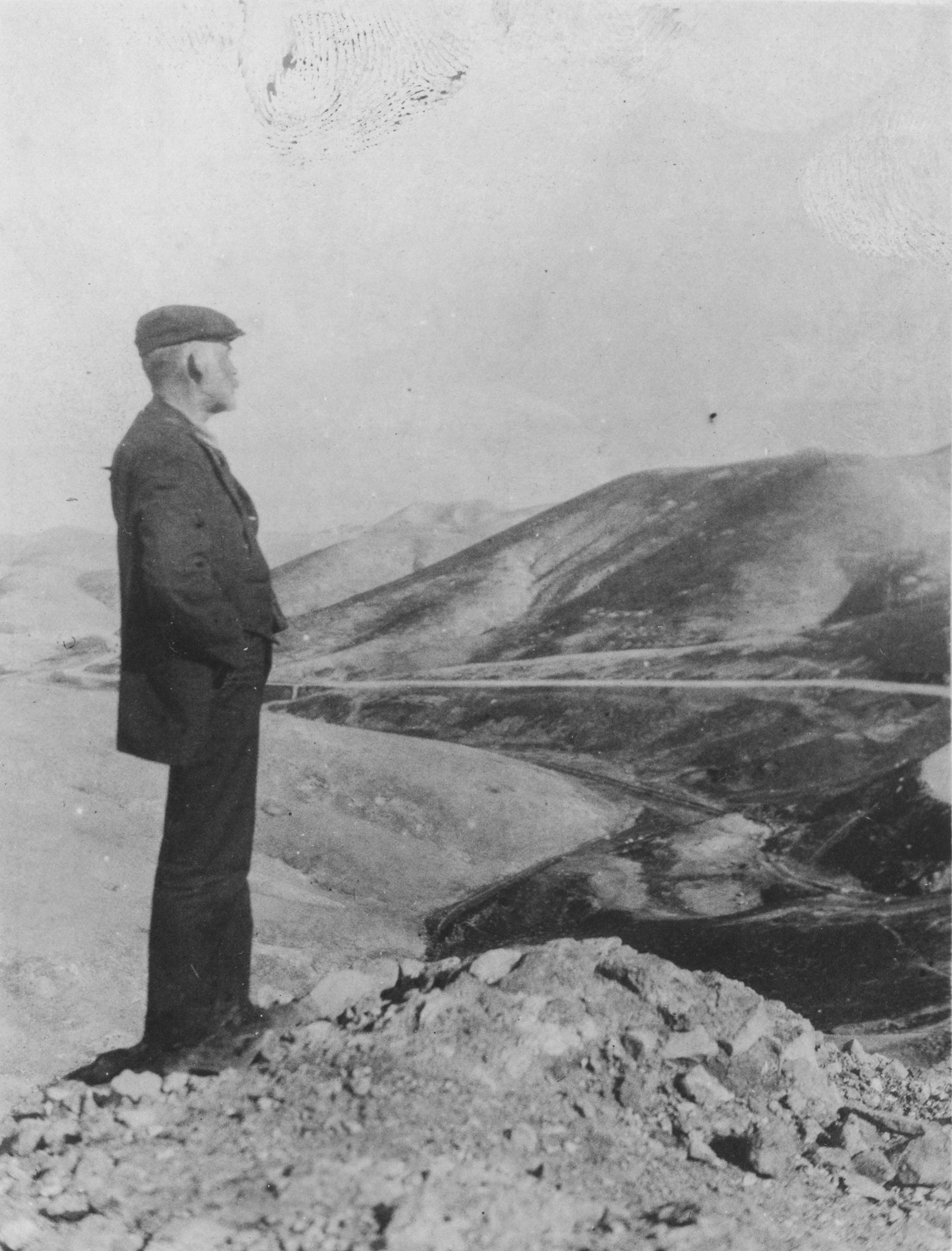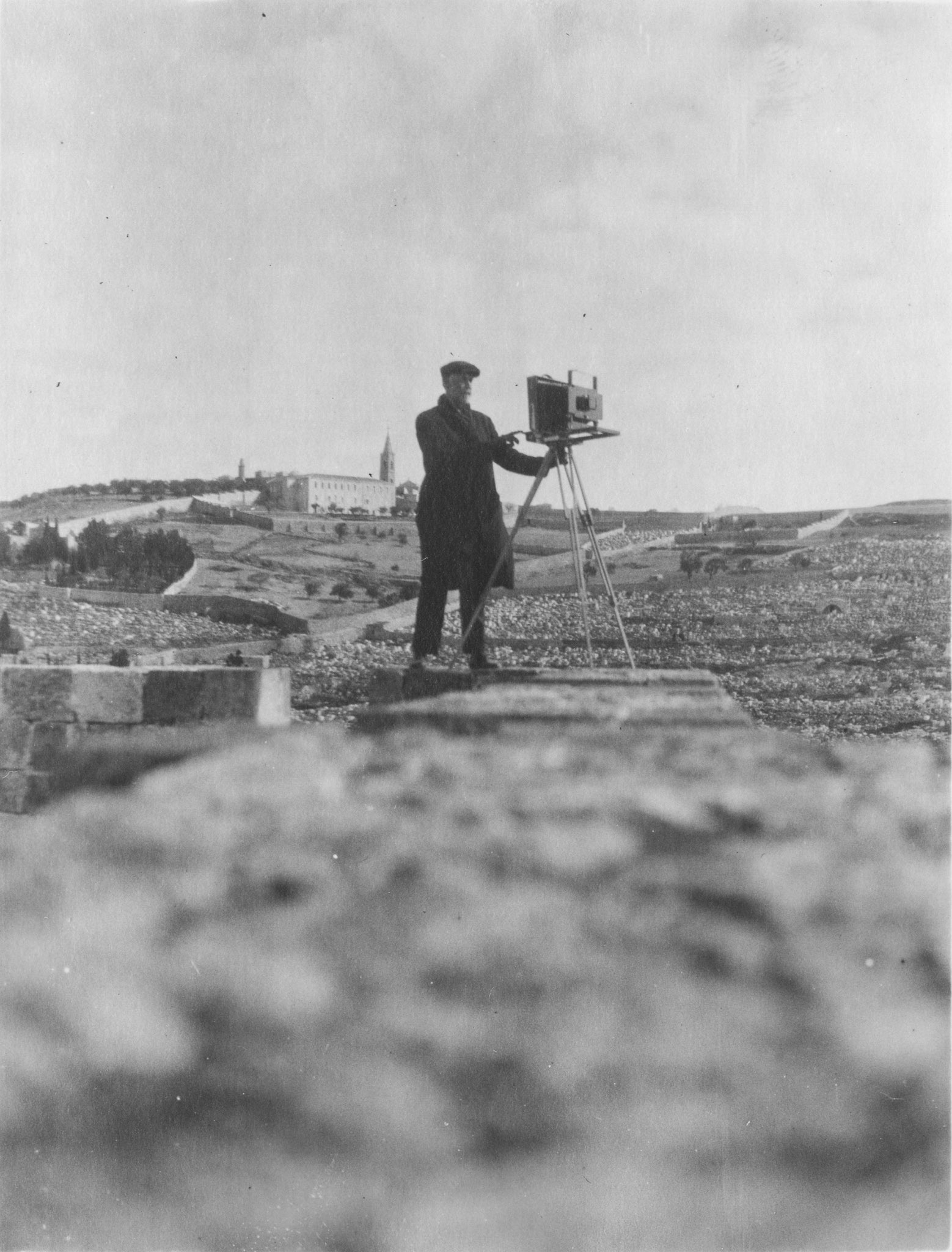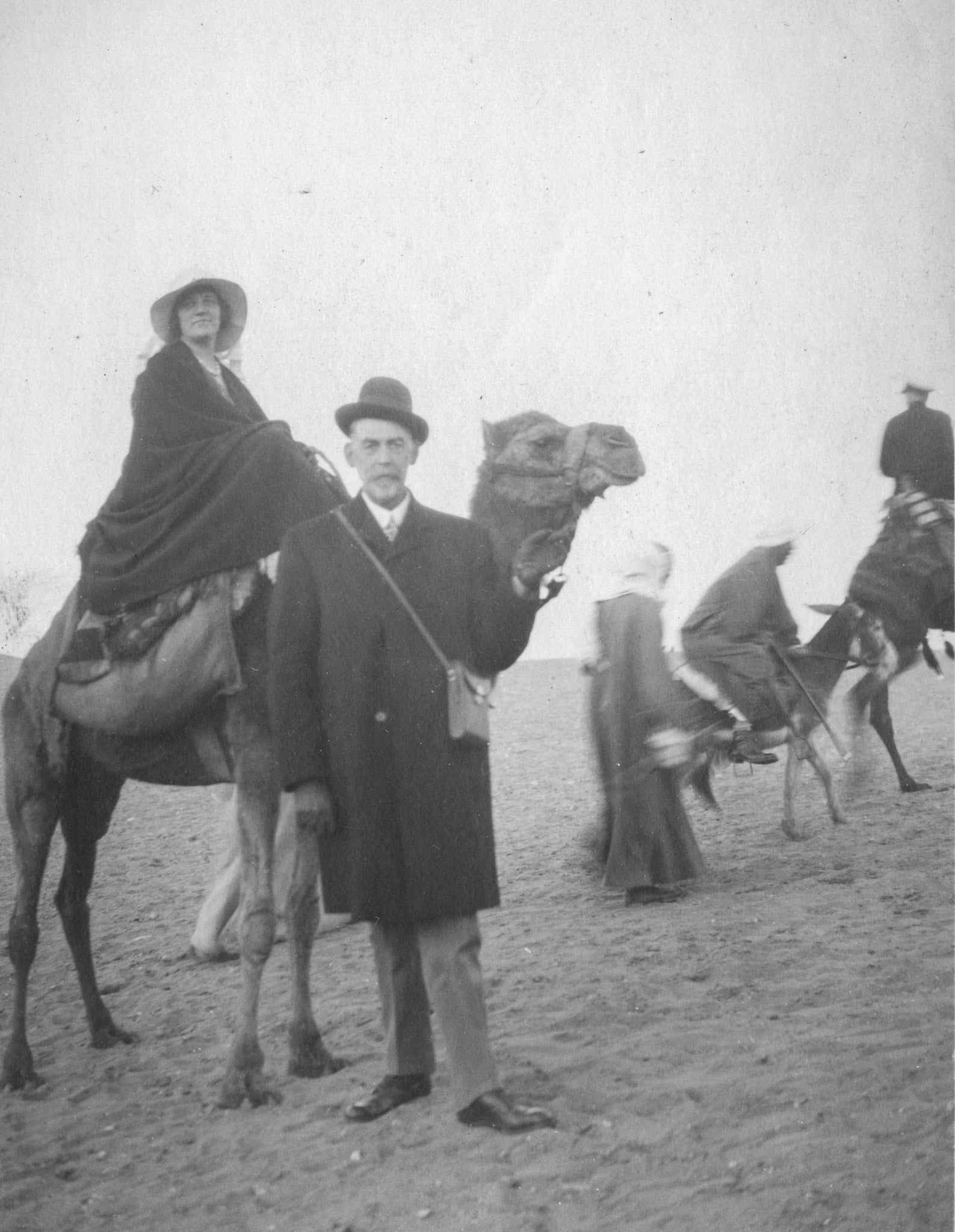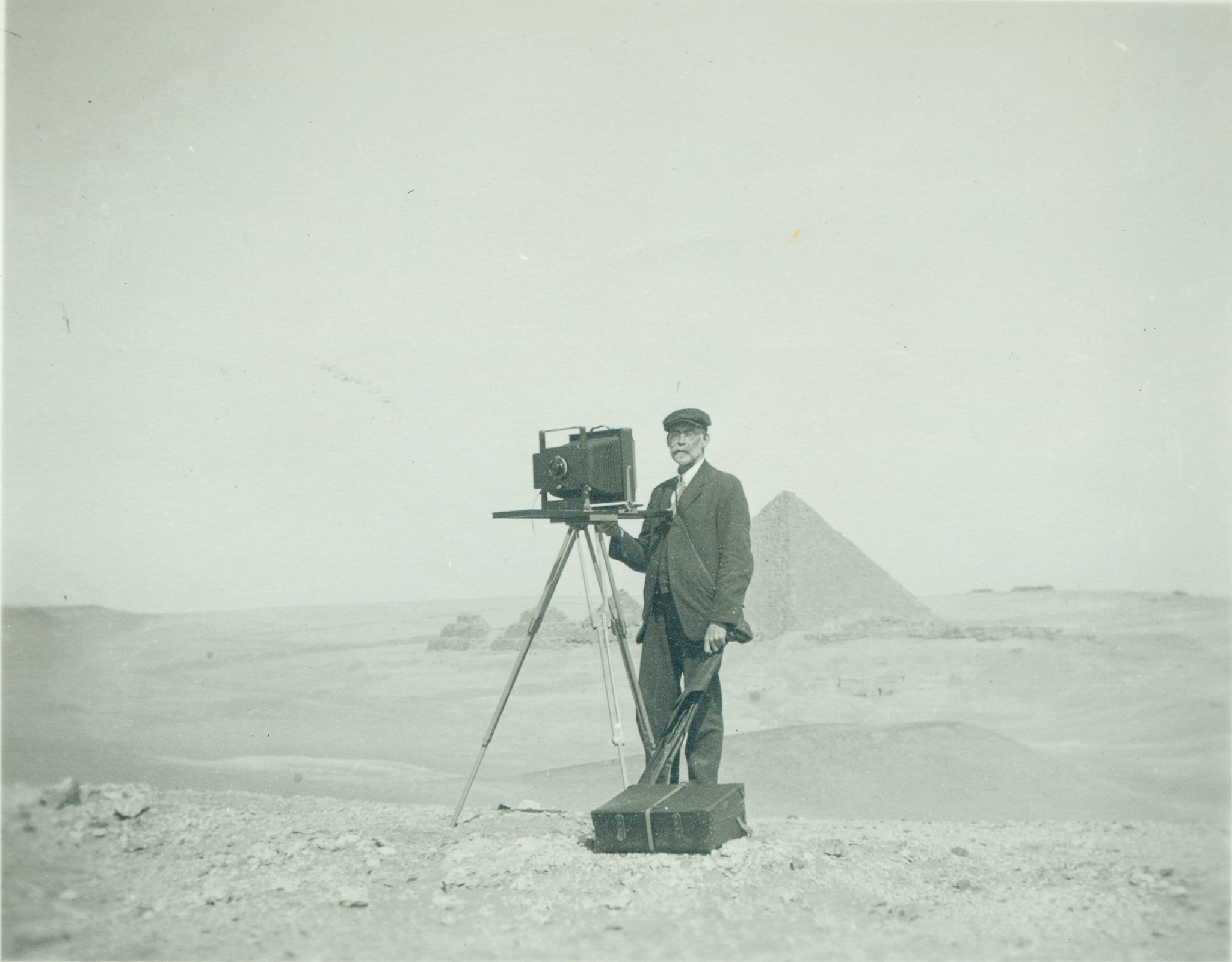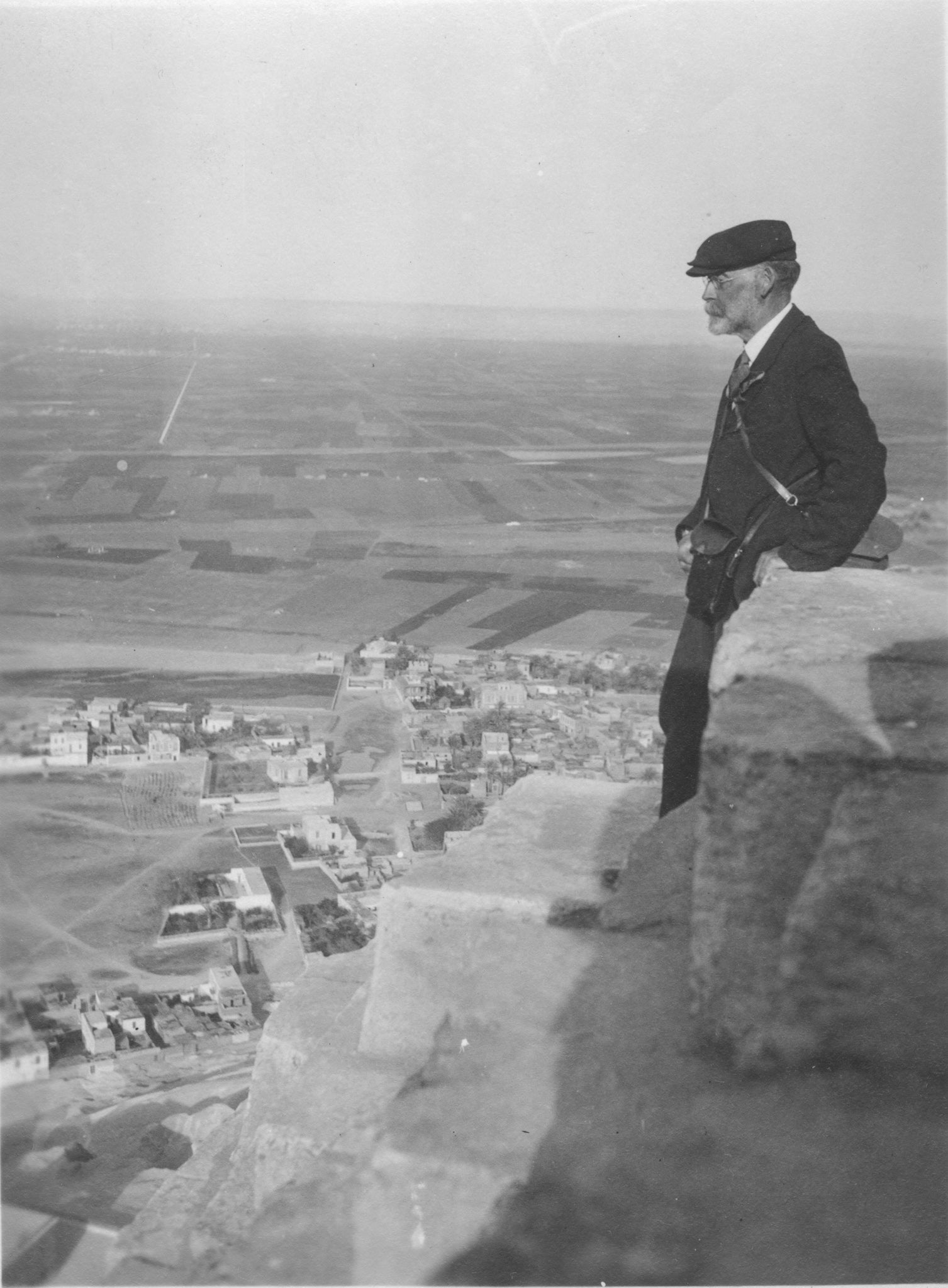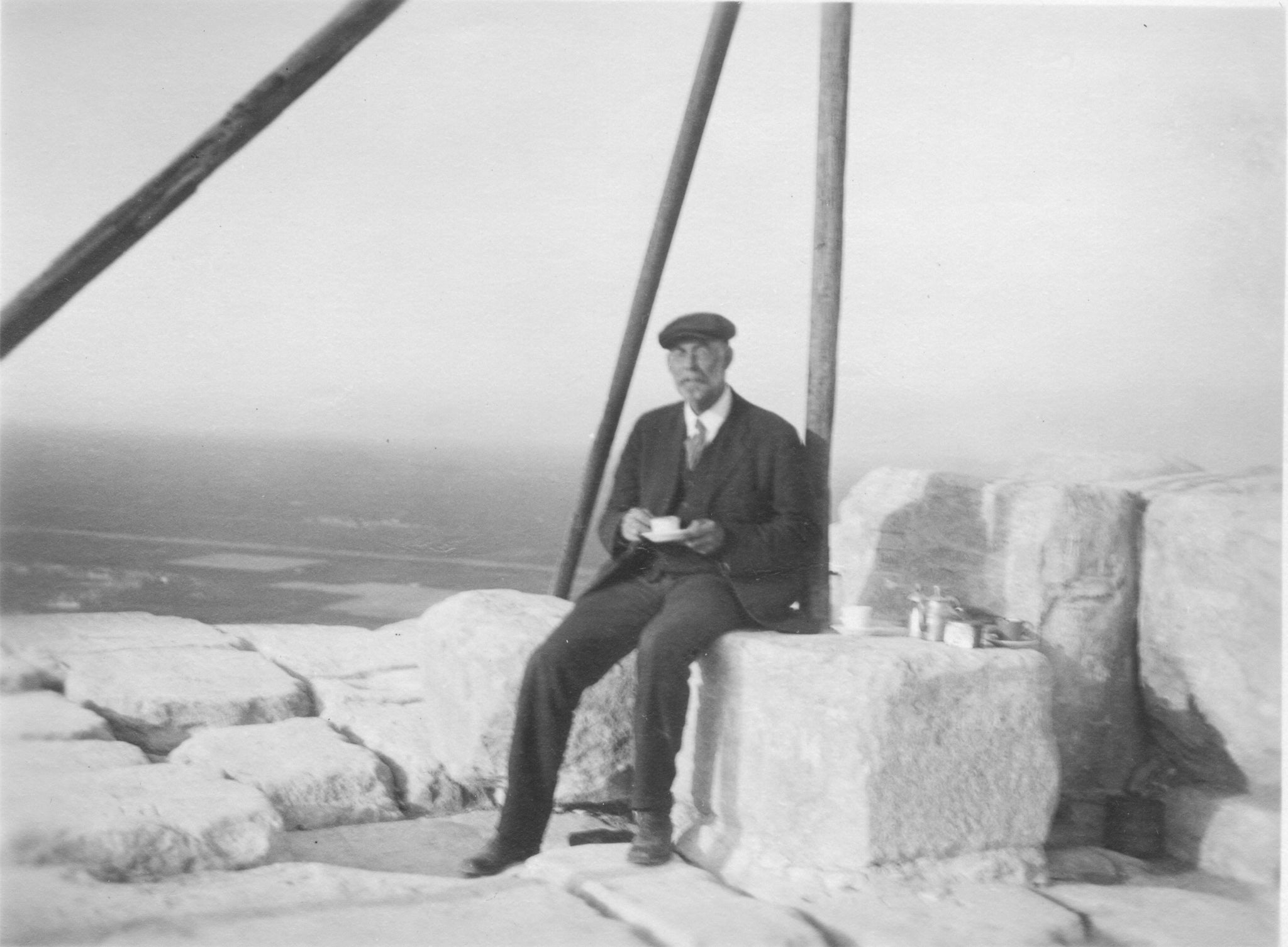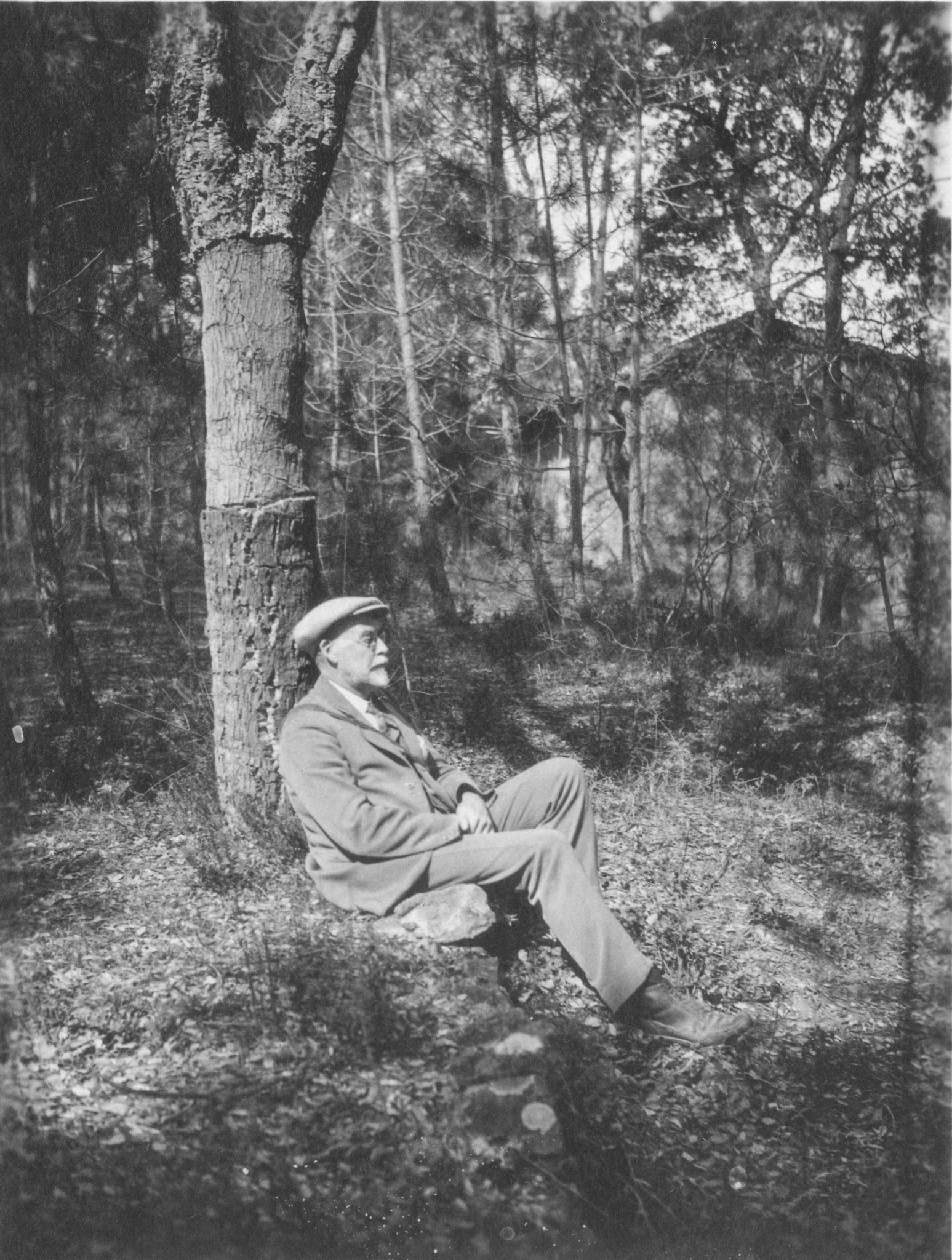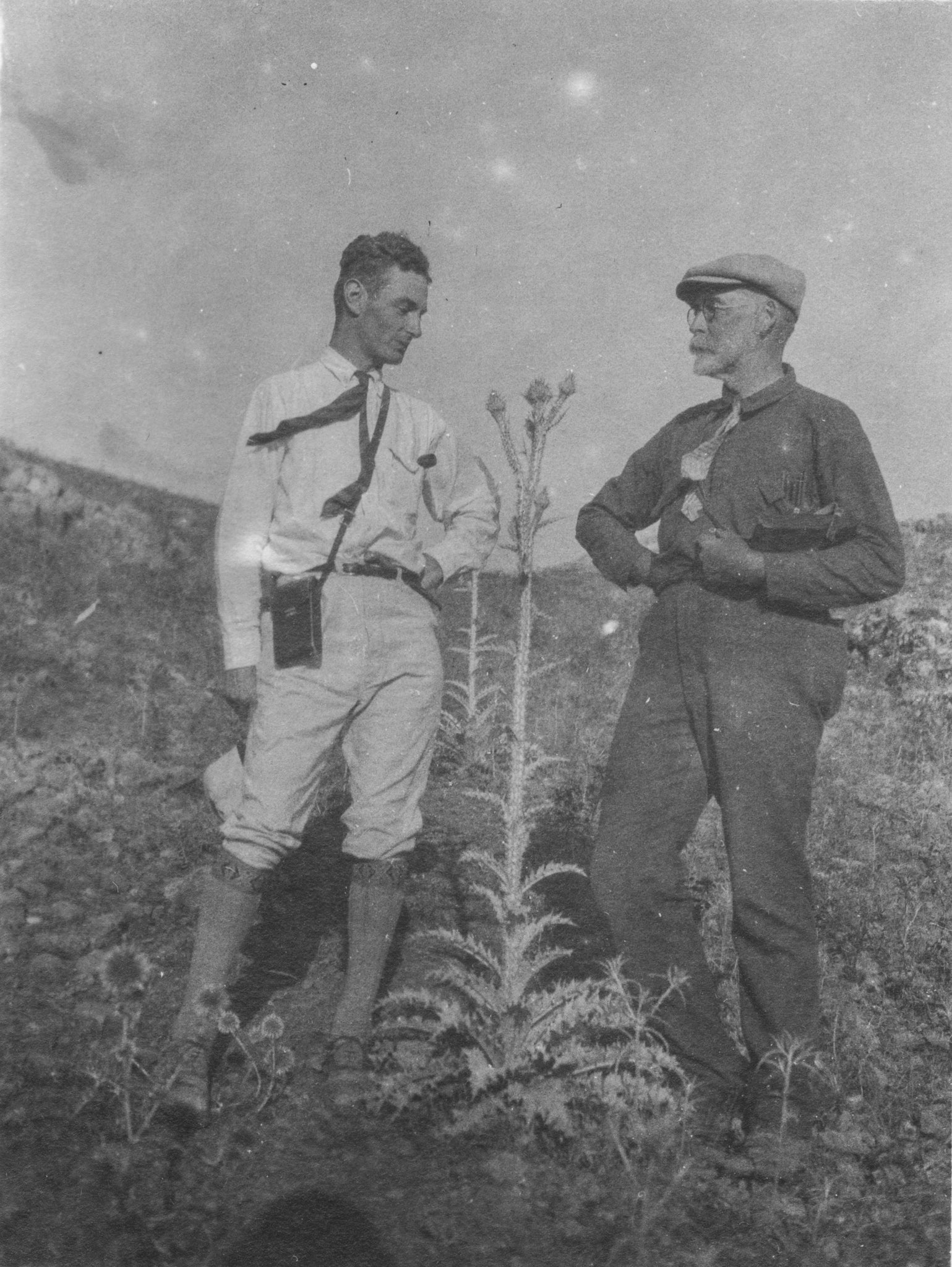By Sebastián Encina, Collections Manager
We have had many reasons to celebrate this summer in this blog. In May, we celebrated the birthday of Francis Kelsey, born in 1858. Kelsey was an important person in the history of classical studies and archaeology at the University of Michigan, and an instrumental member of the community. His influence can be seen throughout campus.
In June, we celebrated the birthday of Kelsey’s son, Easton. Easton played a part in Kelsey Museum history, though his influence was not as strong as his father’s. Still, Easton was present on numerous U-M projects and excavations. He worked closely with George Swain, and his photographs give us glimpses into the life of this party in the 1920s, along with additional photography of sites, people, and archaeological artifacts.
We are grateful to Easton for what he did for the Kelsey Museum, but it is George Swain who provided the bulk of the photographs in the Kelsey Archives. He was the primary photographer on these voyages, and it was his responsibility to document the trips, photograph artifacts, and show life as it was during this time. For this month’s “From the Archives,” we celebrate George Robert Swain, born 15 July 1866. Over the course of years, we have presented much of Swain’s work on this blog.
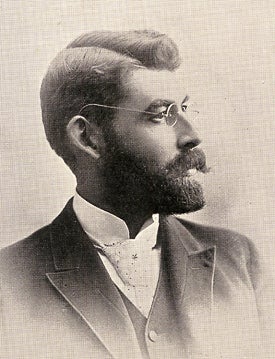
Swain was born in Meredith, New Hampshire. In 1888 he moved to California, where he passed the teacher’s examination. This began a career in teaching, one he continued throughout his life. In 1897 and 1900, Swain earned his bachelor’s and master’s degrees, respectively, at the University of Michigan. Over the years, Swain lived in Ohio, Illinois, and Michigan, working as an educator and principal.
In 1899, Swain embarked on a bicycle trip across Europe. During this 2,000-mile trip, he photographed Caesar’s battlefields as he visited France, Switzerland, Belgium, Holland, and Germany. Swain sold these photographs to educators via a catalogue he produced (the Kelsey Museum has copies of this catalogue). The catalogue caught the eye of Francis Kelsey, who in 1913 hired Swain to be the University of Michigan’s principal photographer.
As U-M photographer, Swain accompanied Kelsey on his various trips, spent time in Karanis documenting the excavation, and photographed artifacts and papyri held in various collections across Europe. Following Kelsey’s death in 1927, Swain focused his efforts on the creation of photographs for use in U-M classes. He had an office in the U-M Library, though he developed many of his photographs in the darkroom in his own home on Packard Avenue. Swain held this position until his death on 8 April 1947.
We owe much to George Swain and what he accomplished as a U-M photographer. This month we highlight Swain as he traveled across Europe, Southwest Asia, and North Africa. In this selection of photographs, we see him in Cairo, having tea atop a pyramid, in Palestine, France, England, Turkey, and Sicily. And we end with image KS153.06, showing a photograph taken at the site of the Great Pyramids in Egypt, which Swain titled, “Footprints in the sands of time.”
